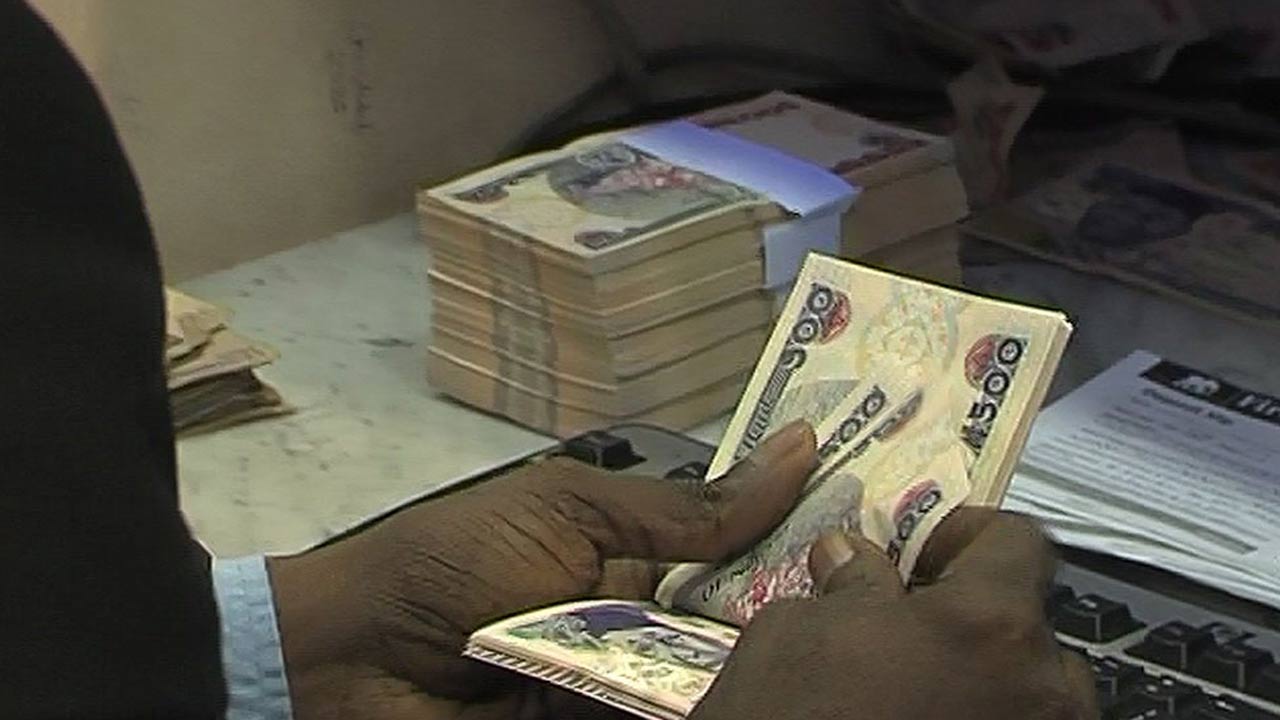Nigeria is witnessing a significant rise in its money supply, as recent figures from the Central Bank of Nigeria (CBN) reveal a substantial increase in broad money (M²).
As of September 2024, M² saw a year-on-year growth of 64.6%, reaching ₦108.95 trillion, compared to ₦66.17 trillion in the same period of 2023.
The CBN also reported a 40.7% year-on-year rise in narrow money (M1), which climbed to ₦35.6 trillion in September 2024 from ₦25.3 trillion in September 2023. Broad money, or M², is a comprehensive measure of a nation’s money supply, including easily accessible cash and other liquid assets.
Data released by the CBN shows that M² has been on a consistent upward trend since March 2024, with growth attributed to shifts in various money supply components. Key among these is quasi-money, which includes savings accounts, time deposits, and other near-cash assets.
Quasi-money recorded a year-on-year increase of 58.7%, reaching ₦73.4 trillion from ₦46.2 trillion in September 2023. Similarly, demand deposits rose by 37.5% year-on-year to ₦31.5 trillion, up from ₦22.9 trillion in the previous year.
Currency outside banks also saw a notable rise, increasing by 48.8% to ₦4.02 trillion in September 2024 from ₦2.7 trillion in September 2023. This expansion in M² reflects significant government borrowing from the private sector to meet domestic funding needs.
The CBN’s data highlights that government credit increased by 89.7% year-on-year, reaching ₦42 trillion in September 2024 from ₦22.13 trillion a year earlier. Private sector credit also grew, with a 27.6% year-on-year rise to ₦75.9 trillion in September 2024 from ₦59.5 trillion in August 2023.
Consequently, net domestic credit expanded by 44.5% year-on-year to ₦117.9 trillion in September 2024, up from ₦81.6 trillion in the same period of 2023.
According to the Debt Management Office’s public debt report, Nigeria’s domestic debt stands at ₦65.65 trillion ($46.29 billion), making up 54% of total public debt, while external debt is at ₦56.02 trillion ($42.12 billion), or 46%.
The 36 states and the Federal Capital Territory also have an external debt of $3.1 billion and a domestic debt of ₦4.068 trillion, with the remaining public debt attributed to the federal government.
The surge in M² has also driven up interest rates on bank deposits, influenced by recent adjustments in the CBN’s Standing Deposit Facility (SDF) rate.
Following an August 2024 hike by the CBN Monetary Policy Committee (MPC), the SDF rate increased to 25.75%, while the Standing Lending Facility (SLF) rate rose to 31.75%.
This adjustment led to a sharp 400% increase in banks’ SDF deposits with the CBN, which surged to ₦3.97 trillion in September 2024 from ₦790.87 billion in August.
According to Vanguard, analysts at Cowry Asset Management PLC expect interest rates to remain high in Q4 2024.
In their economic outlook, they project that the Cash Reserve Ratio (CRR) increase to 50% for commercial banks will reduce demand for Treasury Bills and raise money market and interbank rates.
They anticipate lending rates to climb further as banks reprice their loans to account for the heightened CRR costs.











